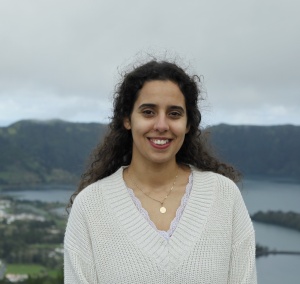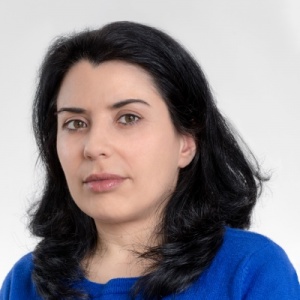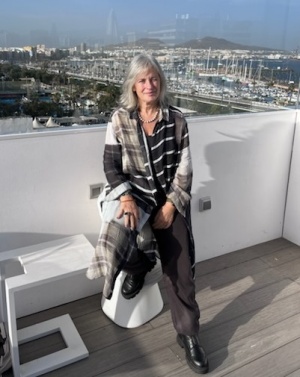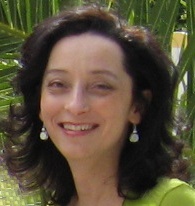Direct contact with nature is paramount in deepening children’s and teenagers’ interest in biodiversity. Learning materials chosen to convey information and engage participants during outings in nature-rich environments are varied and can support rich learning experiences. For this purpose, learning materials can be acquired "off-the-shelf" or developed for site-specific locations or projects. However, there is little guidance on potential techniques for those wishing to generate contextually relevant materials. With the view of responding to this challenge, we propose the cultural probes technique. We demonstrate that the technique, commonly used in qualitative research to generate novel insights in conversation with participants, can instigate innovative and thoughtful approaches to materials designed for children and teenagers to explore nature. We present a toolkit that draws on the literature on cultural probes, inquiry-based learning, and the value of sensory, emotional, and aesthetic experiences in environmental education for structuring interactions with participants. To test our approach, we applied a descriptive research design and mixed-methods approach for collecting questions from youths between the ages of 10 and 18, inspired by a nature walk and a set of exploratory tasks executed through the toolkit. Specifically, we tested our toolkit along a trail in the Nature Park of Terceira, situated in the Azores, a Portuguese volcanic archipelago in the North Atlantic. Here, we present and reflect on the data collected during one visit organized over two days with two groups of participants and one post-trail activity directed at both groups. Results demonstrate that the open-ended and playful nature of cultural probes offers a novel way to engage youths with nature-rich environments through questioning. This contribution further highlights the potential of cultural probes for instigating encounters that tap into the value of sensory, emotional, and aesthetic experience in nature, with positive outcomes for participants.
- Home
- About
- Research
- Teams
- Climate services
- Evolutionary processes that shape biodiversity and adaptation to environmental changes
- Green & blue infrastructure for urban sustainability
- Human health: linking evolutionary history, environment and physiology
- Integrative ecological assessment of environmental change impacts on biodiversity
- Sustainable management strategies for high-nature-value farmlands
- Training
- Infrastructures
- Services
- Communication & Outreach
-





